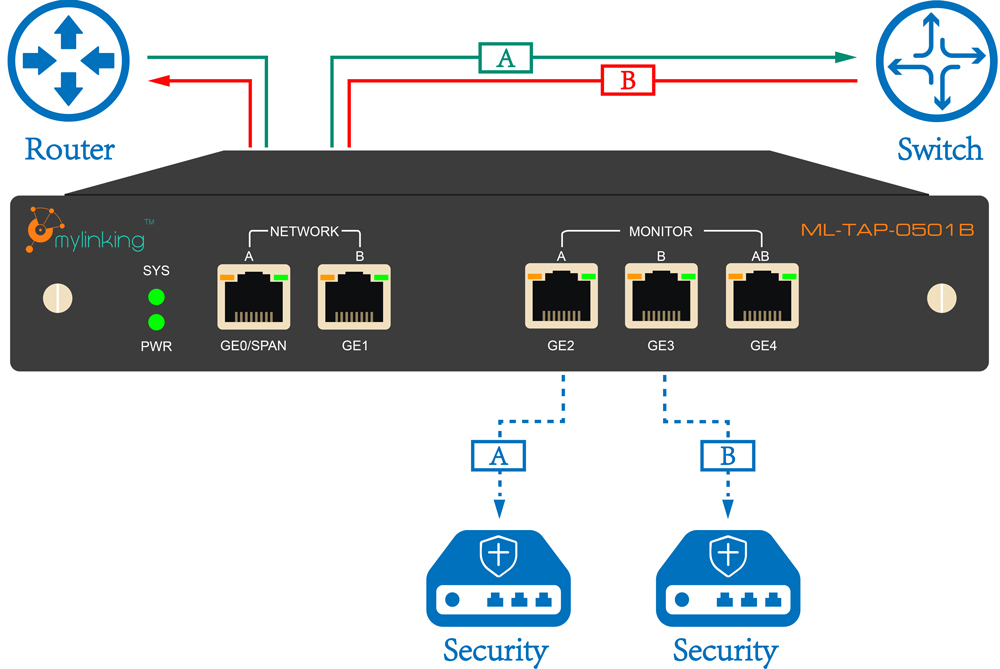With the evolution of technology, network activities have increased excessively. Many day-to-day tasks are intertwined with the internet to function. On one level of the infamous OSI model, the data exchanged between devices is broken down into smaller units and transmitted in the network in the form of packets. These packets contain information that is useful for investigators and network administrators for analysis and troubleshooting purposes. Unfortunately, the bits they contain are equally revealing for threat actors to use for nefarious purposes.
Packet sniffing is the technique of capturing and monitoring data packets that traverse the network. This can be done through a software application or a device. A software packet sniffer is an installed application that collects all the network traffic that passes through the physical network interface. It does so by changing the configuration into a promiscuous listening mode to receive all the traffic of the network. A hardware packet sniffer is a physical device that is plugged into a network that reads all the data packets. Virtual Bypass Tap

Sniffing one’s own network is perfectly legal for an administrator or security analyst. The following uses are in instances where the owner or the administrator of the network is aware of the packet sniffing operation without any malicious intent involved.
If a packet is not encrypted, threat actors can examine its contents, and it is a very viable method for them to obtain sensitive information such as usernames and passwords. Threat actors use packet sniffing techniques to conduct various packet sniffing attacks.
There are two types of packet sniffing attack methods –
A packet sniffing attack is known as the unlawful capture of network traffic to access unencrypted packet data. A threat actor is also capable of using sniffing tools to inject malicious code into the packet, which will be executed when it reaches the target device.
There are several packet sniffing attack methods –
Packet sniffing is both a very beneficial and, sadly, a malicious technique used to capture and analyze data packets. It serves as a useful tool for network administrators to identify network issues and fix them. Meanwhile, threat actors use it for malicious purposes such as data theft and to distribute malware. Organizations need to be aware of the benefits and uses of packet sniffing while also implementing security controls to prevent malicious sniffing activity.
Dilki Rathnayake is a Cybersecurity student studying for her BSc (Hons) in Cybersecurity and Digital Forensics at Kingston University. She is also skilled in Computer Network Security and Linux System Administration. She has conducted awareness programs and volunteered for communities that advocate best practices for online safety. In the meantime, she enjoys writing blog articles for Bora and exploring more about IT Security.

Phsical Tap Editor’s Note: The opinions expressed in this guest author article are solely those of the contributor, and do not necessarily reflect those of Tripwire.